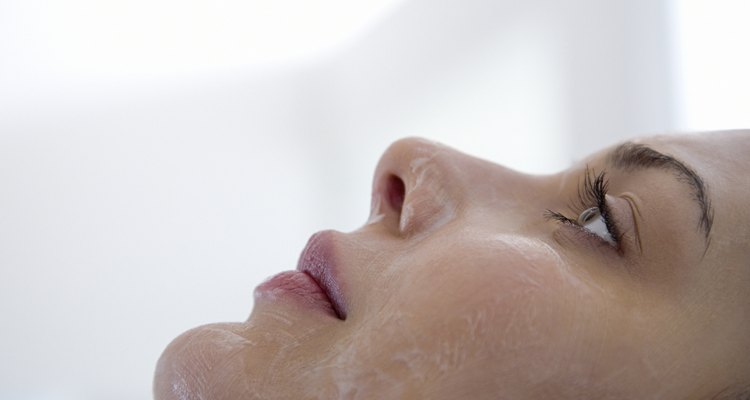
Image Source/Photodisc/Getty Images
Glycolic acid is the active ingredient in most skin peels and is used to treat a variety of skin conditions, such as ingrown hairs. An ingrown hair is a hair that grows back into your skin. Glycolic acid can treat ingrown hairs by preventing the skin from growing over the ingrown hair.
Skin Treatment for Ingrowns
Glycolic acid has properties that make it especially suitable for treating ingrown hairs. It’s an organic acid that’s highly soluble in water, meaning that it can be made in a wide range of strengths. Glycolic acid also penetrates the skin easily and is therefore able to treat deeper layers of skin.
What Causes Pseudofolliculitis Barbae?
Ingrown hair is known medically as pseudofolliculitis barbae. It typically occurs when curly hair is shaved close to the skin. The free end of the hair may then curl back and grow into the skin. This can cause the skin to become inflamed and result in the raised red lesions, commonly known as razor bumps.
How to Use Glycolic Acid
The glycolic acid solution is applied to the skin in liquid form. It dissolves the upper layer of skin by weakening the bonds between the dead skin cells. The glycolic acid solution dries to a soft gel which allows it to be peeled off, taking the dead skin cells with it. This will expose the newer skin with living skin cells. A glycolic acid treatment for ingrown hair may be made as often as twice a day and should produce visible results within a few weeks.
Prevents Ingrown Hairs
Skin can grow over the follicle before the hair can exit the follicle. This can force the hair back into the follicle, resulting in a transfollicular ingrown hair. A glycolic acid treatment can remove the dead skin before the hair has a chance to become ingrown. It may also cause the hair to become straighter, further reducing the chance of an ingrown hair occurring.
At-Home and Professional Treatment Strengths
Glycolic acid treatments can be used at home and by physicians. Home treatments are available in the 10 to 20 percent ranges and are most suitable for treating ingrown hairs. Physicians use glycolic acid with a strength of 20 to 70 percent, which is most often used to treat scarring, reports Skinacea.com.
Related Articles

How to Take Care of Painful Ingrown Hair

How to Get Acrylic Off of Cuticles
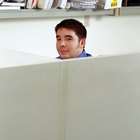
How to Taper Sideburns

How to Remove Scars Caused by Insect ...

How to Make Goosebumps From Shaving Go ...

How to Cook Venison Backstrap Steaks on ...

How to Heal an Inflamed Bikini Area
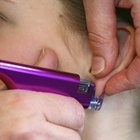
What Size Gauge Is an Ear Piercing Gun?
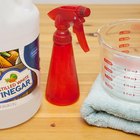
How to Clean Hair With White Distilled ...
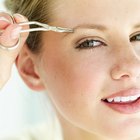
Will Over Plucking Stop Hair Growth?

How to Mix Magnesium Sulfate to Treat ...

How to Treat an Ingrown Eyebrow Hair
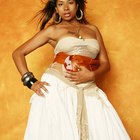
Treatment of Razor Bumps for Black Women
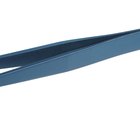
How to Get Rid of Black Hair on Chin ...

How to Unclump Eyelashes

How to Remove Running Sutures
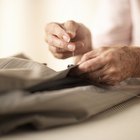
How to Hand Sew a Tear in Pants
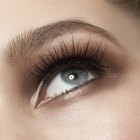
Alternatives to Tweezers

How to Make a Mustache Bushy
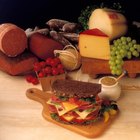
Calories in One Slice Provolone Cheese
References
Writer Bio
Allan Robinson has written numerous articles for various health and fitness sites. Robinson also has 15 years of experience as a software engineer and has extensive accreditation in software engineering. He holds a bachelor's degree with majors in biology and mathematics.
Photo Credits
Image Source/Photodisc/Getty Images